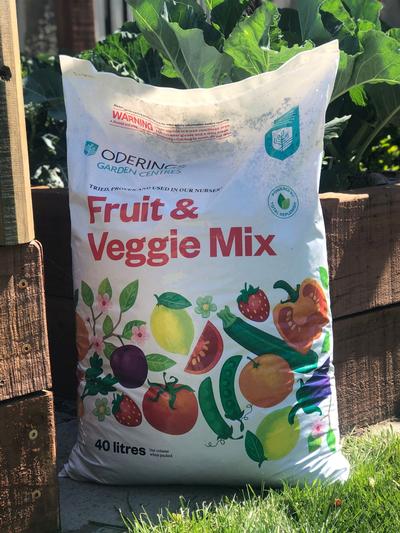
Cucurbits, often thought of as vegetables, are fruits that belong to the Cucurbitaceae family. This group includes popular crops like cucumbers, pumpkins, squash, watermelons, rock melons, and zucchini/courgettes/marrows. They are all developed from flowers and contain seeds, which classify them botanically as fruits. Understanding how to grow these diverse and delicious crops is key to a successful harvest.
Prepare Soil
Garden: Cucurbits thrive in well-draining soil with plenty of organic matter. Incorporate compost into the soil before planting to improve fertility and structure. Ensure your planting site gets plenty of sunlight—at least six hours per day for optimal growth.
Pots: For container growing, choose a large pot (at least 40cm wide and deep) to accommodate the plant’s root system. Ensure your pot has good drainage, and use a rich, well-draining mix that holds moisture but doesn’t stay waterlogged.
Feed
Garden: Cucurbits are heavy feeders. To provide ongoing nutrition, apply a balanced, slow-release fertiliser like sheep pellets or organic compost at planting time. Once the plants start growing, use a high-nitrogen fertiliser like Oderings Garden Replenish to encourage vigorous leafy growth.
Pots: To keep your cucurbits fed, use a balanced liquid fertiliser every two weeks during the growing season. Fish-based fertilisers such as ‘Ocean Grow’ are great for boosting growth in container plants.
Watering & Mulching
Cucurbits need consistent moisture, especially as the fruits start to develop. Water regularly, ensuring deep soaking of the roots. Apply mulch to retain moisture, keep soil temperature stable, and suppress weeds. Mulch is particularly beneficial for watermelons and pumpkins. Keep the soil moist, but avoid over-watering, as cucurbits don’t like soggy roots.
Protection
Cucurbits need a frost- and wind-free site to thrive. Wait until after Labour Weekend to plant outdoors in most areas and later in the South Island. Keep an eye on pests like aphids and cucumber beetles, which can harm your plants. Regularly check for mildew on zucchini and courgette leaves, especially at the end of the season. For zucchini/courgettes, hand-pollinate with a paintbrush if necessary, although a bee-friendly garden should reduce this need.
Harvest
Pumpkins/Squash: Harvest when the skin is firm and the fruit has fully matured and reached its colour. Depending on the variety, pumpkins typically need 30-90 days to reach harvestable size.
Courgettes/Zucchini/Marrow: Pick courgettes and zucchini early while they’re still small for the best flavour. If left longer, they turn into marrows. Check your plants 3-4 times a week for the best harvest.
Watermelons/Rock Melons: Check for a hollow sound when you knock on the melon. The underside should also be yellow, indicating ripeness.
Cucumbers/Gherkins: Pick cucumbers regularly to ensure continued production. Cucumbers are 90% water and need consistent moisture to develop properly.
Garden Expert Tip
To grow watermelons and rock melons successfully, consider planting near a north-facing wall to maximise warmth, especially in cooler climates. Cover the root zone with black polythene to help keep the soil temperature high and support fruit development. If you're growing cucumbers or gherkins, try training them on a trellis to save space and increase production.













